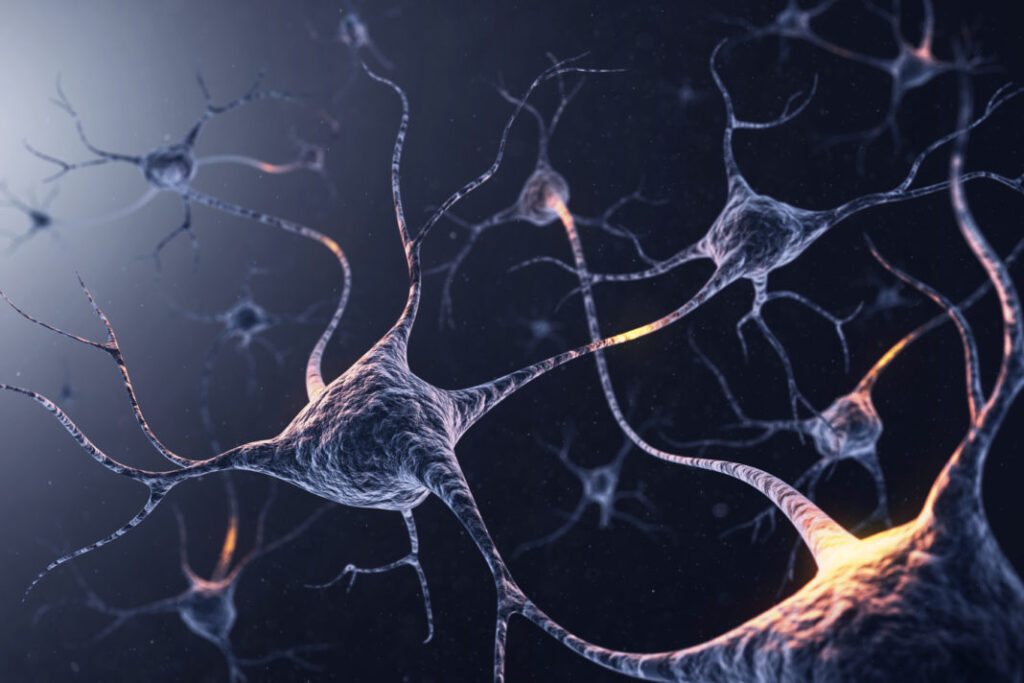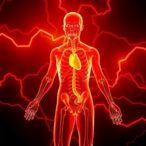The debate over adult neurogenesis may have just been won. New research out of the Karolinska Institutet in Sweden provides evidence of adult neurogenesis in the hippocampus, a finding that could reshape how researchers think about brain plasticity, aging, and neurological disease.
The work, led by Jonas Frisén, PhD, professor of stem cell research at the Karolinska Institutet, “Identification of proliferating neural progenitors in the adult human hippocampus” was published in Science.
Prior research from the team showed that by using carbon-14 dating methods, it was possible to determine the age of individual cells, thus enabling researchers to identify neurons originating in adult brains. However, direct observations of adult neural progenitor cells have been lacking—until now.
In the current study, Frisén and colleagues combined several advanced methods to examine brain tissue obtained from several international biobanks containing samples from people within an age range of newborn to 78 years. They used single-nucleus RNA sequencing, flow cytometry, and spatial transcriptomics techniques to identify and localize proliferating neural progenitor cells.
“We have now been able to identify these cells of origin, which confirms that there is an ongoing formation of neurons in the hippocampus of the adult brain,” said Frisén.
Using two established techniques, RNAscope and Xenium, they analyzed thousands of hippocampal nuclei from the diverse population of postmortem brain samples, applying machine learning to differentiate cell types and developmental stages. The results confirmed a multitude of cell types and maturation levels.
Their results confirm that not only do neural progenitors persist in the adult brain, but that many are in active stages of division.
“We identified all neural progenitor cell stages in early childhood,” wrote the authors. In adult tissues, many of the cells expressed the proliferation marker Ki67, indicating that they too were actively dividing.
Together the data integrate RNA sequencing with spatially resolved transcriptomics at a single-cell resolution, allowing, according to the paper, “the identification and visualization of neural progenitors in the adult human hippocampus.”
While adult neural progenitor cells share many molecular features with those found in mice, pigs, and monkeys, they also contain species-specific gene expression patterns. Moreover, there was substantial variation between individuals: some adult brains harbored many dividing progenitor cells, while others had few to none. The reasons for this variability—whether genetic, environmental, or disease-related—remain unclear.
“This gives us an important piece of the puzzle in understanding how the human brain works and changes during life,” said Frisén. “Our research may also have implications for the development of regenerative treatments that stimulate neurogenesis in neurodegenerative and psychiatric disorders.”
This work supports the idea that adult neurogenesis occurs in humans and lays the groundwork for future interventions that might boost or restore this process in disease. Targeting endogenous neural progenitor populations could become a new frontier in the treatment of disorders like Alzheimer’s disease, depression, or age-related cognitive decline, where hippocampal dysfunction plays a central role.



